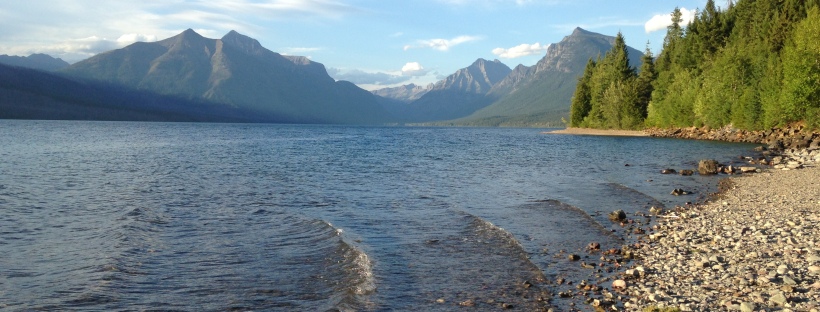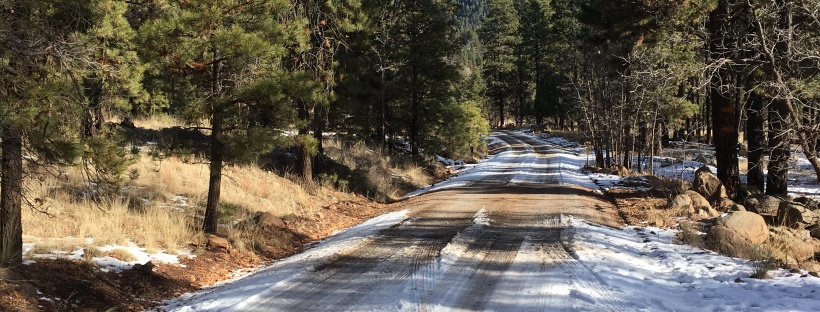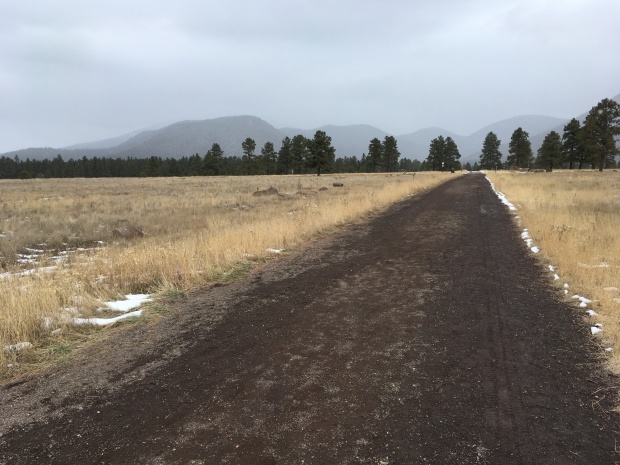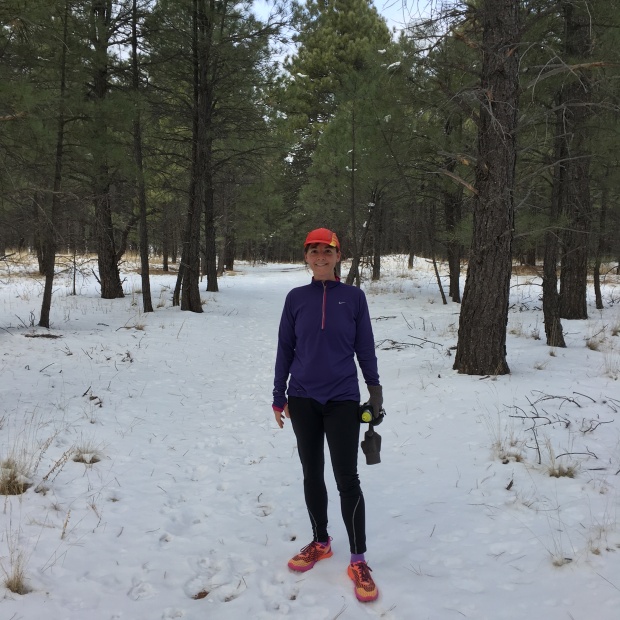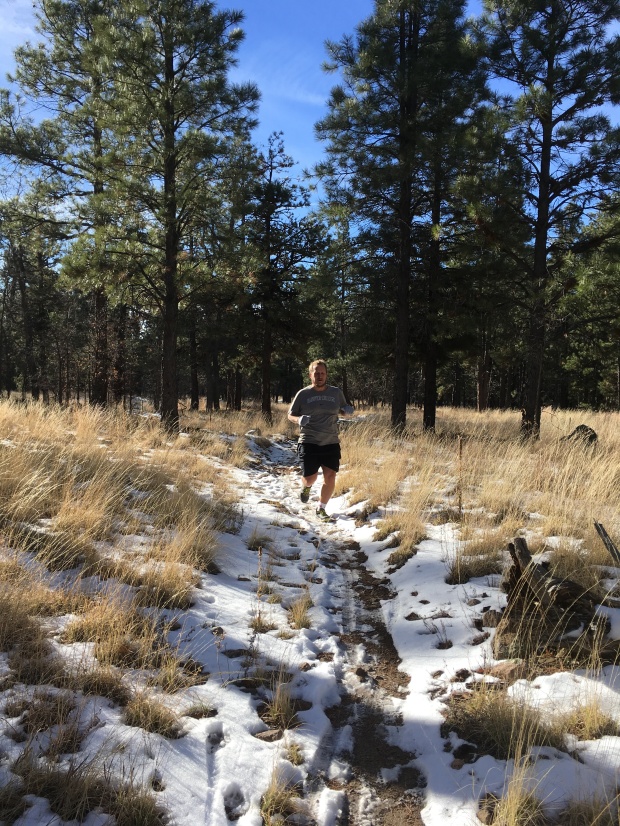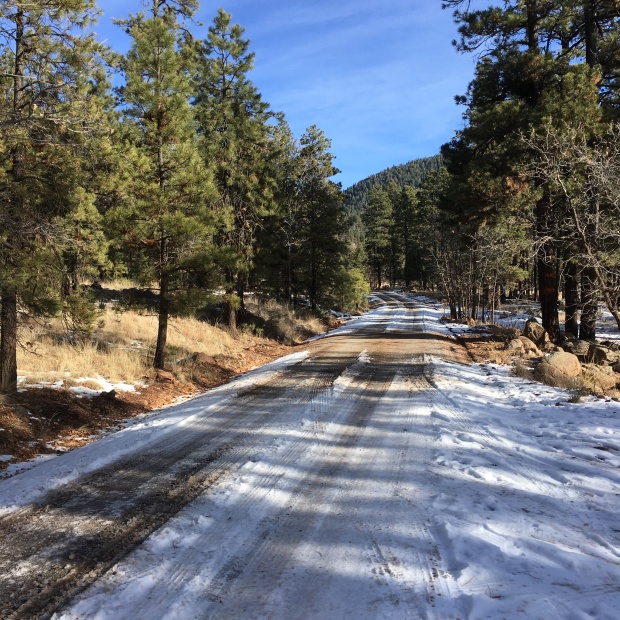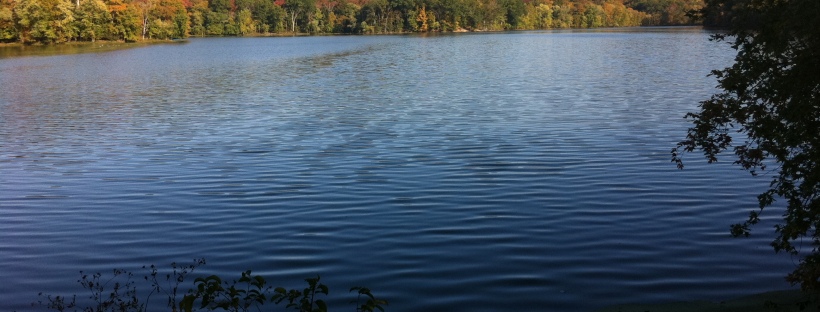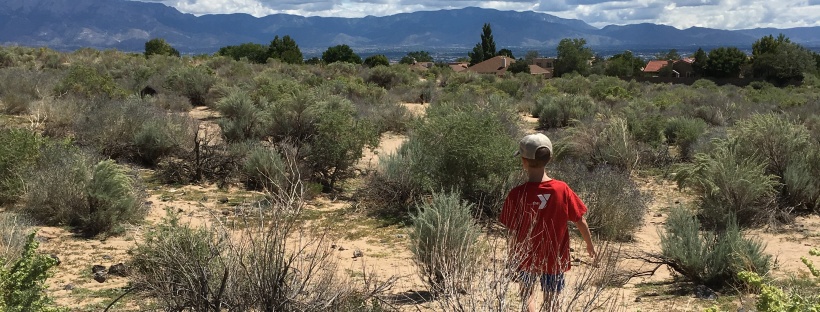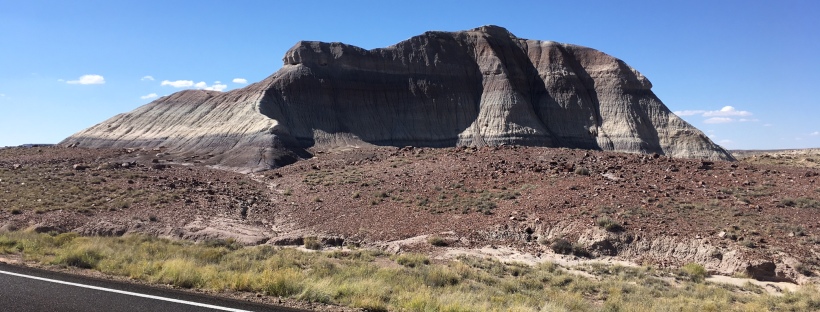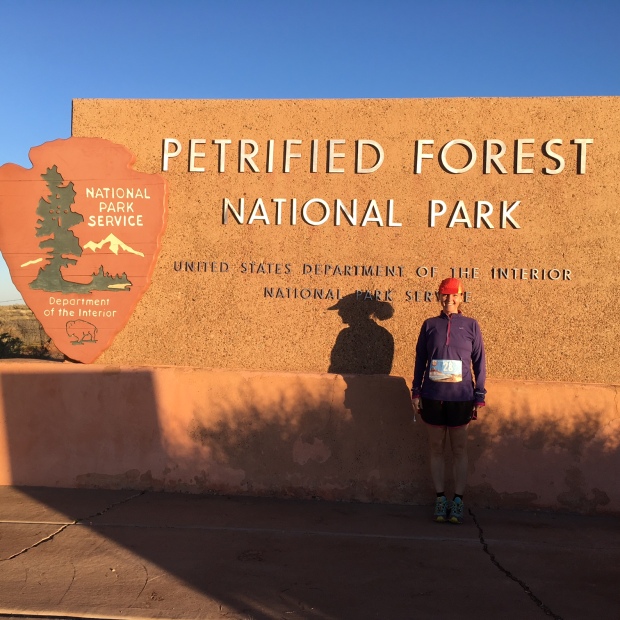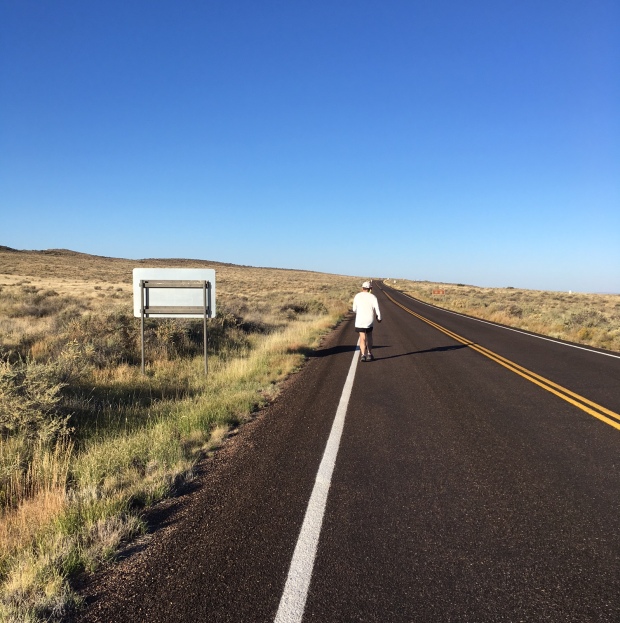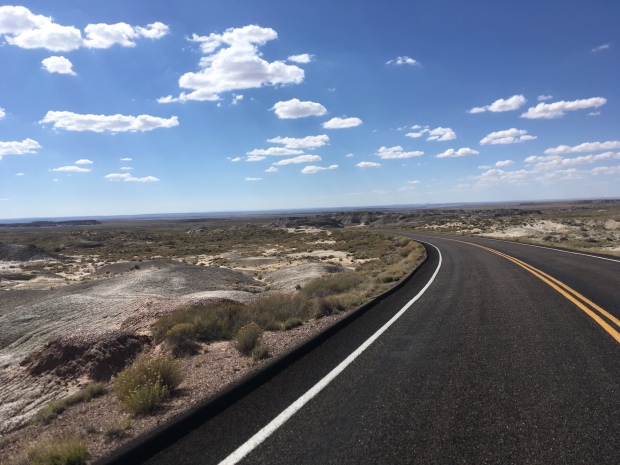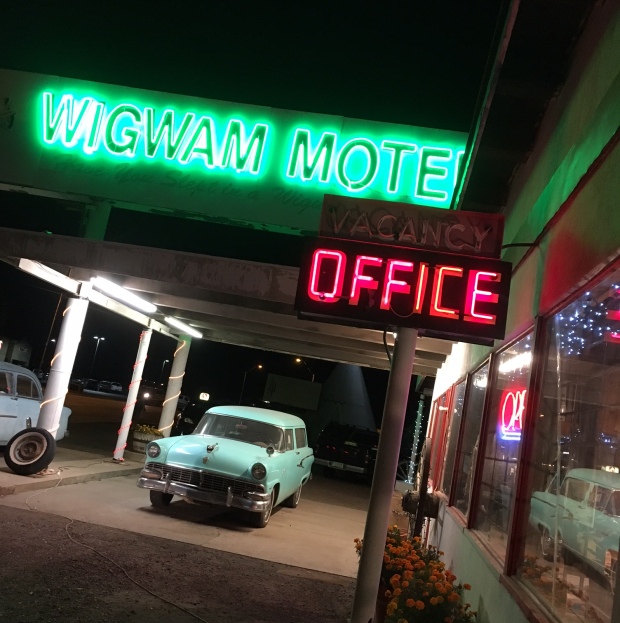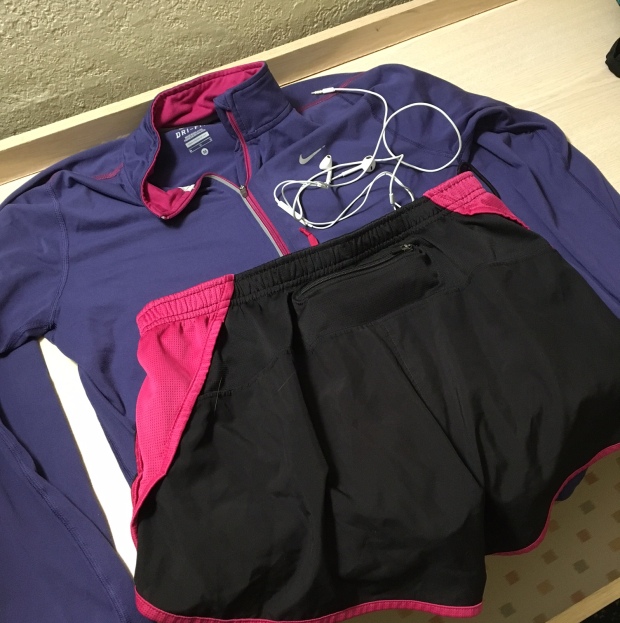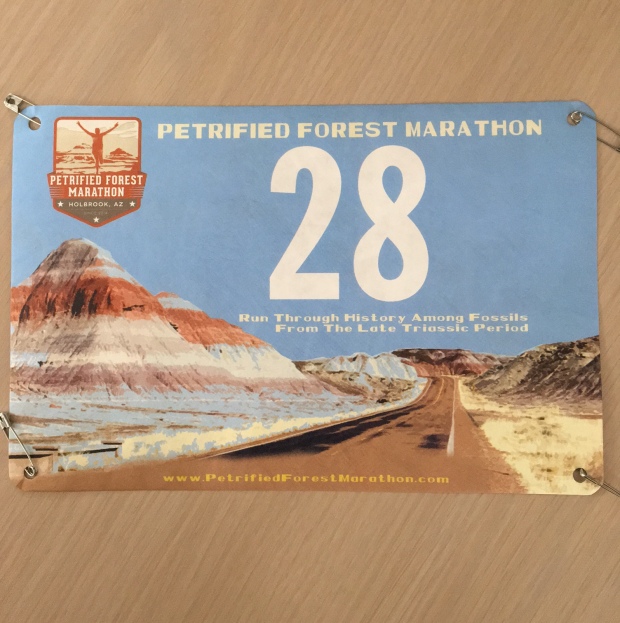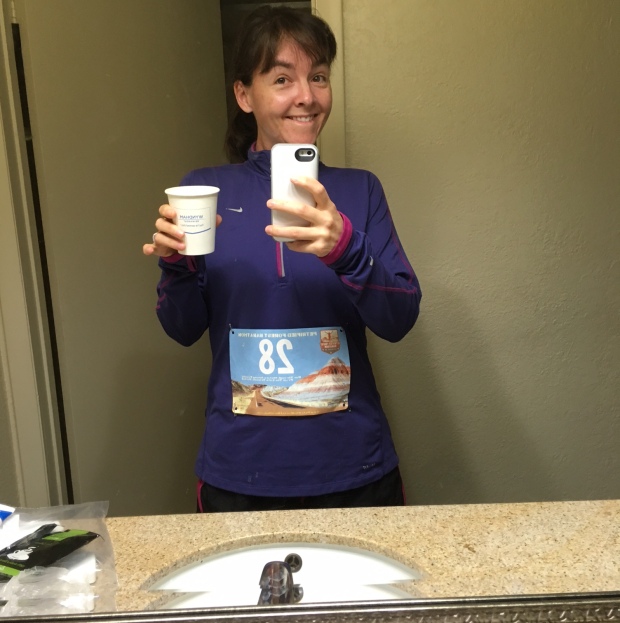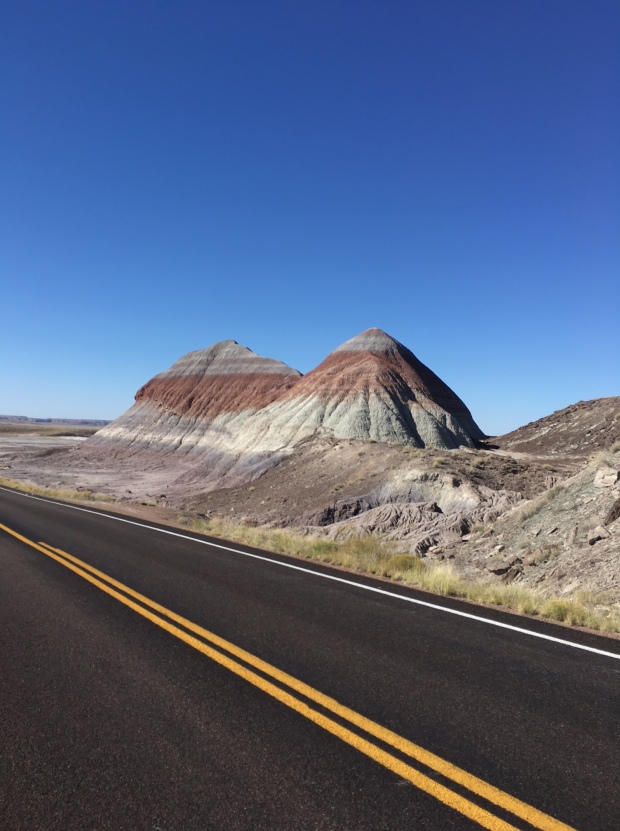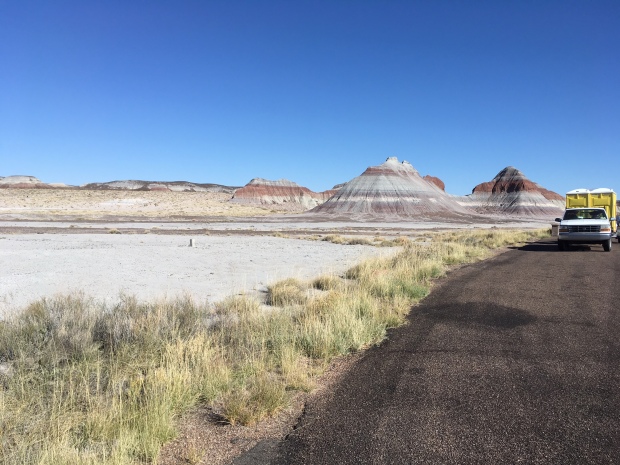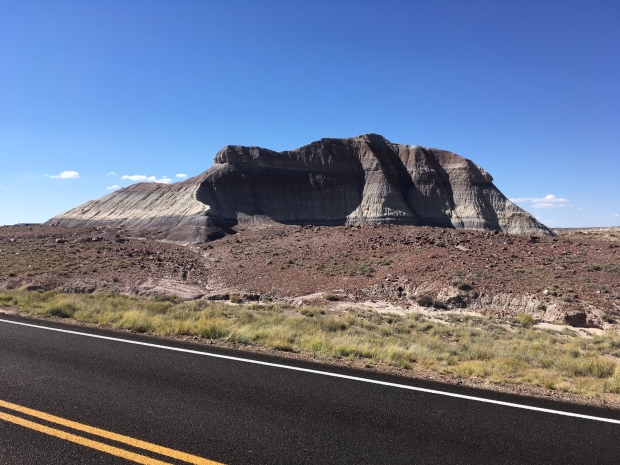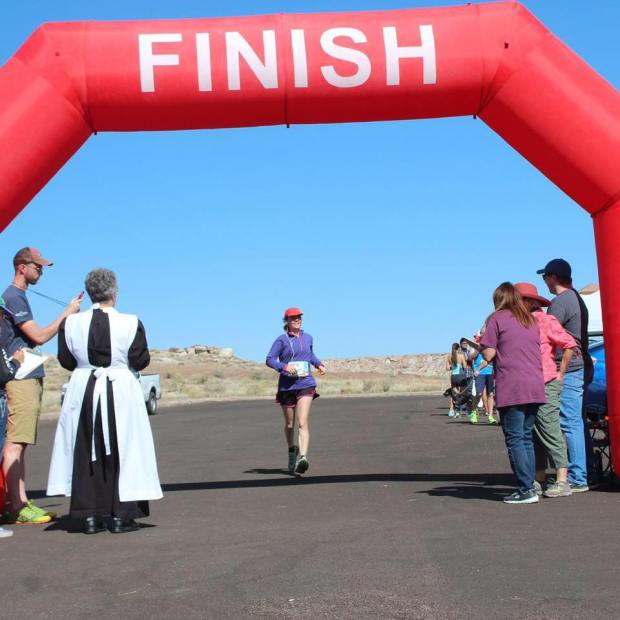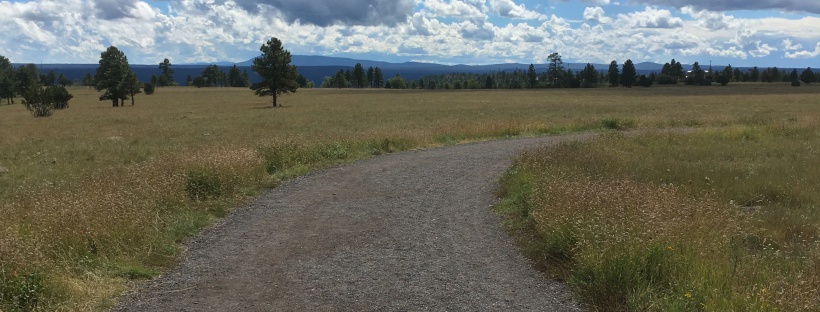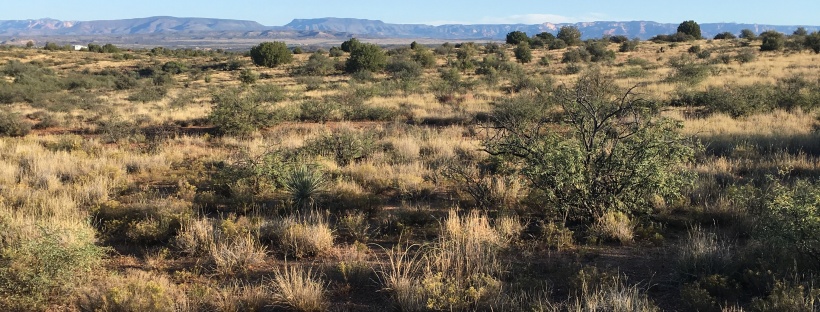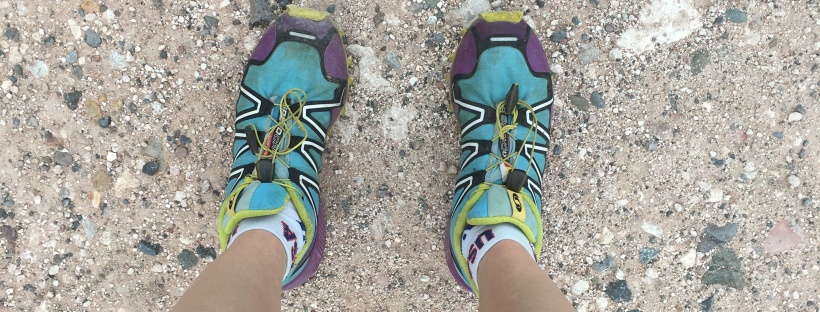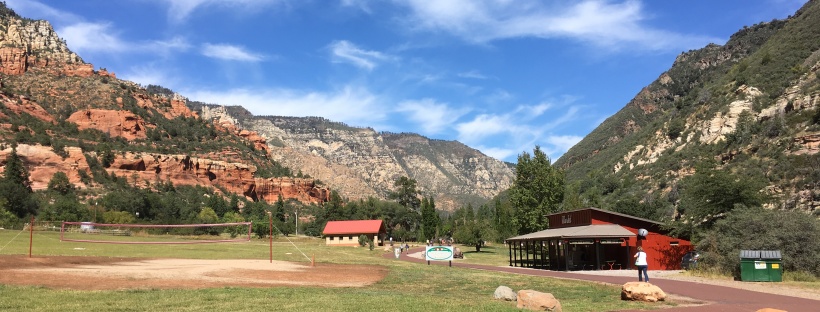This is a question that sneaks into my brain when I’m not paying attention, like when the cat wakes me up at 3 AM and I can’t get back to sleep, or when I’m reading posts from my academic friends on Facebook about the awesome conferences they’re going to and all the beer they’re going to drink together.
But then I catch myself and I ask, Haven’t we been over this? Do you want to go back to being an academic scientist? And the answer is always, Yes brain, we have discussed this, and no, I do not. No, I do not wish to spend my weekends and evenings grading. No, I do not wish to engage in laborious, circuitous debates with students who are unhappy with said grades. No, I do not wish to attend faculty meetings that constantly run overtime. No, I do not wish to watch my salary stagnate while those of administrators continue to rise. No, I do not wish to write proposals that never get funded. Bottom line: No, I do not wish to invest the time, energy, and patience required to be a successful academic.
But even though I enjoy my current job, I do miss being an active geologist. I’ve been keeping my eye out for potential positions in the region. Right now, in this dead zone between Thanksgiving and Christmas, there isn’t that much hiring going on. Maybe things will open up after the new year.
And if it doesn’t, I’m consoling myself with the fact that what I’ve taken from my science thus far has still made it more than worthwhile, no matter where it takes me in the future:
- Without geology, I wouldn’t have met the many, many amazing scientists who I now call friends. Between the BS, MS, and PhD, and all the field trips, lab work, and conferences I’ve participated in, I’ve met some of the most brilliant, inspiring people I know.
- Without geology, I wouldn’t have such a strong perspective of time. Looking back through time is kind of like looking into a sky full of stars: it’s dizzying. Humans are nothing but teeny, tiny dots – not just in the context of the universe, but in the context of time, too. And although that used to freak me out, now I find it immensely comforting. Shit happens, and the universe gets on with it. So soothing.
- Without geology, I wouldn’t have learned to love the outdoors. When I signed up for my first geology class in college, I had nothing against the outdoors. I liked pretty sunsets. I liked autumn leaves. I’d have been happy to eat a picnic lunch next to a babbling brook, assuming the mosquito population was in check. But I’d never really immersed myself in nature until I started going on field trips with my classmates and professors. Weekend trips with my Geology 101 class soon led to much longer outdoor experiences in the southwestern U.S., Europe, and Brazil.
- Without geology, I wouldn’t have met Trent or be Sam’s mom. Trent and I were first introduced during a field trip at a sandstone outcrop in TN. (The sandstone, by the way, displayed some excellent channelized cross-bedding.) I mean, I didn’t get into geology so that I could earn my MRS degree, but it did happen to bring the two of us together.
- And related to Trent, without geology, I wouldn’t be a runner. When I met him, I could barely jog down the block. He was the one who suggested we start running together, and it was with him that I ran my first 5K and then my first marathon. Later, I started running alone – especially when I was on geology trips, out in the middle of nowhere. Running gave me a way to explore those places in a truly immersive way, and as a result, I’ll always feel deeply connected to those landscapes and their histories.
- Without geology, I wouldn’t feel so strongly about the need to protect our environment, especially in a time when climate change denial is rampant amongst our national leaders (though not necessarily amongst the general public) and the president elect wants a climate change denier to lead the EPA.
I’d love to find my way back to my science again, but I’m not in a rush. I want it to be the right position: a position in which I can make some difference, a position that gets me outside, keeps me connected to nature, and allows me to help fight for environmental protection.
I think it’ll work out. I just need to give it time.
